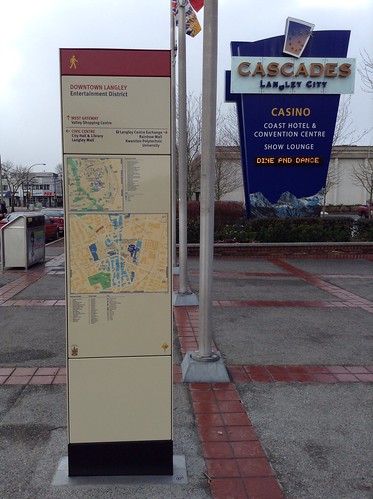Last year, I posted about the Park, Recreation, and Culture Master Plan that the City of Langley commissioned. The plan was received by City Council in November. While the City’s Park and Environment Advisory Committee was part of the process, we felt that there were items that still needed to be addressed in the plan. We also felt that some of the priorities needed to be adjusted.
Our full recommendations can be viewed in the latest council meeting agenda, but I wanted to highlight some of the major items we wanted changed in the plan, and give some of my thoughts.
Trails, Paths & Sidewalks:
The Parks, Recreation and Culture Master Plan and the Master Transportation Plan must be cohesive with regard to promoting sustainability in the City.
Ensure connectivity with the proposed Brookswood/Fernridge plan to link trails between the Township to City
One of the challenges in Langley has been the disconnect between talking about sustainable practices, and putting those practices into action. This is obvious in our transportation network. By ensuring that the transportation plan and the parks plan work together, it will hopefully make our transportation system more supportive of walking and cycling.
The parks plan is all about connectivity and encouraging people to visit our parks system. It is important that the on-street network and off-street trail network connect our parks together. It is also important that this system connect to other municipalities. It would be silly if a road dead-ended just because it arrived a municipal border, but so often this happens with our walking and cycling network.
Parkland:
In commercial and industrial developments, negotiate with developers to provide some on-site green space for use by employees and customers, including seating areas with trees.
PEAC felt that developers should be encouraged to ensure the green space is in an area of high visibility to the general public and that CPTED procedures be considered.
One of the things that I felt strongly opposed to was creating semi-private green space that would effectively disconnect buildings from the street. Poorly planned green space can actually do more harm than good in a community. There was a bit of discussion about adding on-site green space in non-residential developments.
North of Fraser Highway, there is very little park land. All on the committee want to see that change. The compromise was to ensure in our recommendation that any semi-private green space be high visible, so it would not become a crime magnet. I still would have preferred to see development cost charges being used to create high-quality public parks, and not to have a series of under-utilized, semi-private green spaces.
Park Design & Development:
Design parks with the goal of increasing creativity, interest, and cultural reflection, e.g., more inter active play environments, allow children to experience more nature, water art, let parks flow out onto street, cultural art.
PEAC would like Council to consider natural play equipment in the future. (natural features and components (rocks, logs) to create playscapes).
Other Park Amenities:
Encourage the planting of fruit and nut trees as part of urban agriculture projects, where there is a plan for appropriate maintenance and harvesting.
Include fruit trees in the Annual Tree Planting program.
It was noted during discussion that past plans for Douglas Park included putting in an orchard. Overall the committee felt that more urban agriculture projects like mini-orchard and community garden are needed in Langley.
Consider an outdoor fitness area in Douglas Park close to the Douglas Recreation Centre.
When developing new parks consider outdoor fitness areas in all City parks.
Environmental Stewardship:
Develop a management plan for the Nicomekl Floodplain.
Establish a staff position for an Environmental Coordinator potentially starting at half time. Positions wages could
offset consultant fees.










